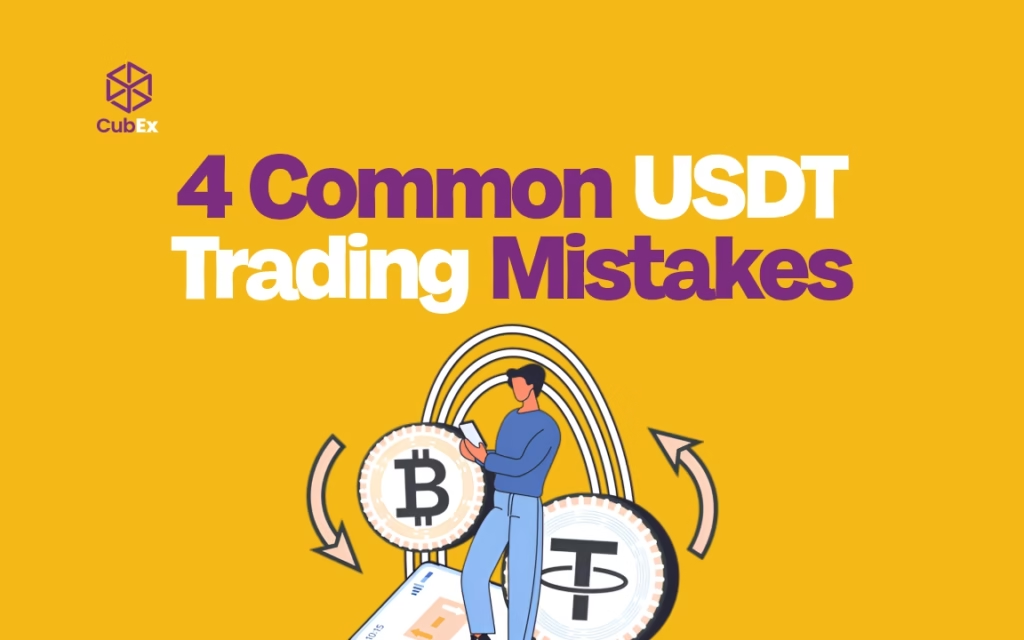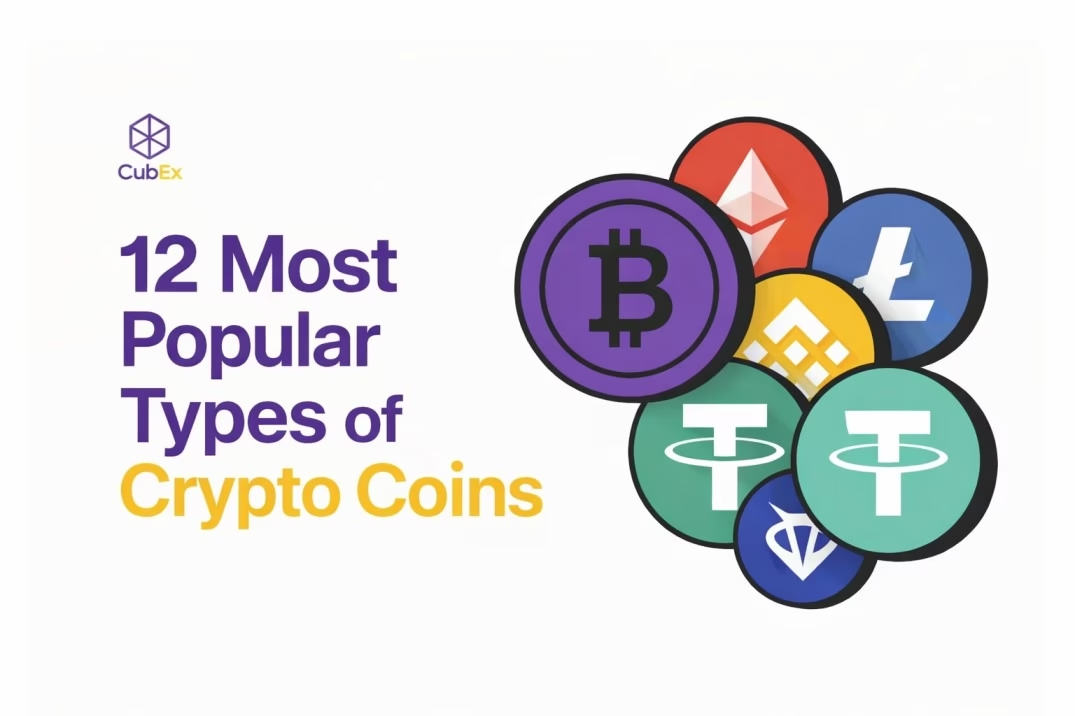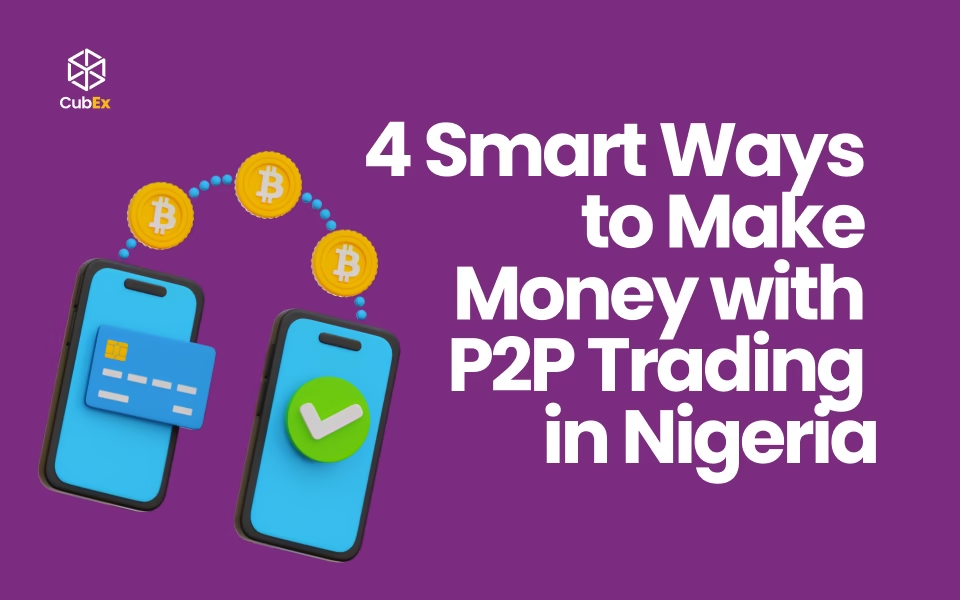
- Cryptocurrency
- By Cubex
4 Common USDT Trading Mistakes and How to Avoid Them
Tether (USDT) is one of the most widely used stablecoins in the crypto world, often used as a base pair for trading and a safe haven during market volatility. But while USDT is considered “stable,” that doesn’t mean traders are immune to risk when using it. In fact, many make costly mistakes when trading USDT pairs.
Let’s take a look at four common USDT trading mistakes and more importantly, how you can avoid them.
1. Assuming USDT Is Risk-Free
Many traders treat USDT like fiat currency, assuming it’s entirely free from volatility and risk. While USDT is pegged to the US dollar, it’s still a cryptocurrency subject to:
- Counterparty risk (i.e., Tether Ltd.)
- Regulatory scrutiny
- Occasional depegging during market stress
How to avoid it:
Use USDT as a tool, not a guarantee. Diversify your stablecoin holdings when managing risk, and don’t park large amounts in USDT for long periods without understanding the backing and potential vulnerabilities.
2. Overtrading Due to Perceived Stability
Since USDT provides a sense of stability, some traders enter and exit positions too frequently, thinking they’re managing risk better. But overtrading can lead to:
- High fees (especially on DEXs)
- Emotional decision-making
- Erosion of profits through small but frequent losses
How to avoid it:
Stick to a trading plan and avoid reacting impulsively just because you’re in a “safe” stablecoin pair. Every trade should be based on technical or fundamental analysis—not on the assumption that USDT makes it inherently safer.
3. Ignoring Slippage on Low-Liquidity Pairs
Some altcoins paired with USDT may have low trading volume, especially on smaller exchanges. This can lead to slippage, where your trade executes at a worse price than expected.
How to avoid it:
Always check the order book depth and recent trade history before entering a USDT pair. Consider using limit orders instead of market orders to control your entry and exit points more precisely.
4. Using USDT for Long-Term Holding Without Strategy
Some traders hold USDT long-term without a clear strategy, thinking it’s safer than holding volatile assets. But holding stablecoins indefinitely can lead to:
- Missed opportunities (especially in bull markets)
- Inflation eating away at your purchasing power
- Platform risks if stored on an exchange
How to avoid it:
Use USDT strategically for parking funds during market downturns or when waiting for new entry points. For longer-term holdings, consider staking, yield farming, or rotating into diversified crypto or traditional assets.
Conclusions
USDT is an incredibly useful tool in a trader’s arsenal, but like any tool, it must be used wisely. By understanding these common mistakes, you can improve your decision-making and protect your portfolio.
Trade smart. Stay informed. And never stop learning.

12 Most Popular Types of Crypto Coins

